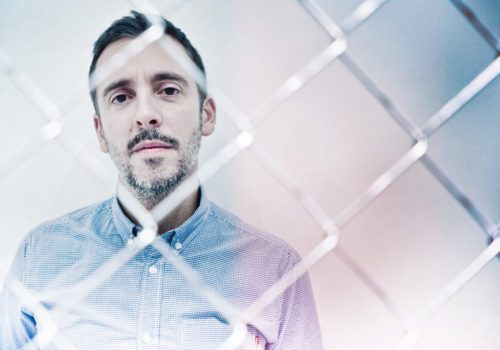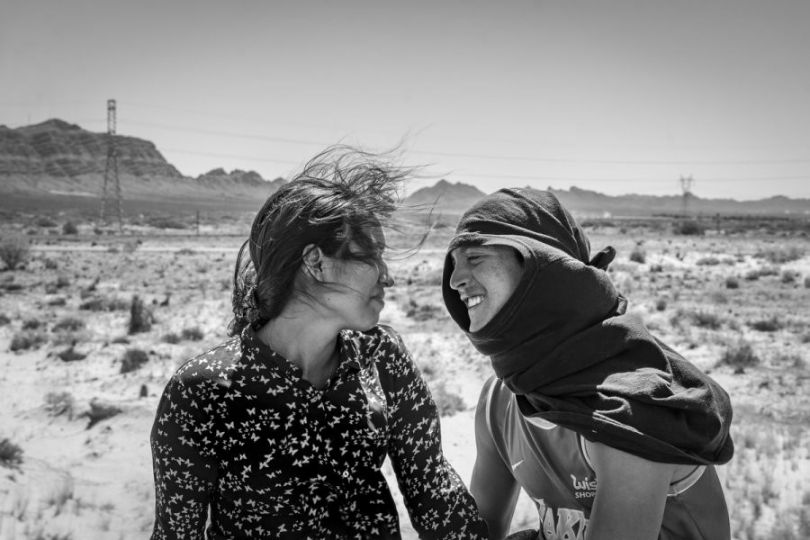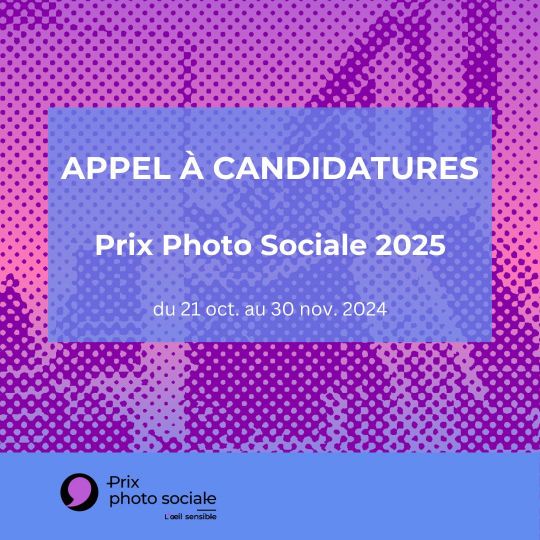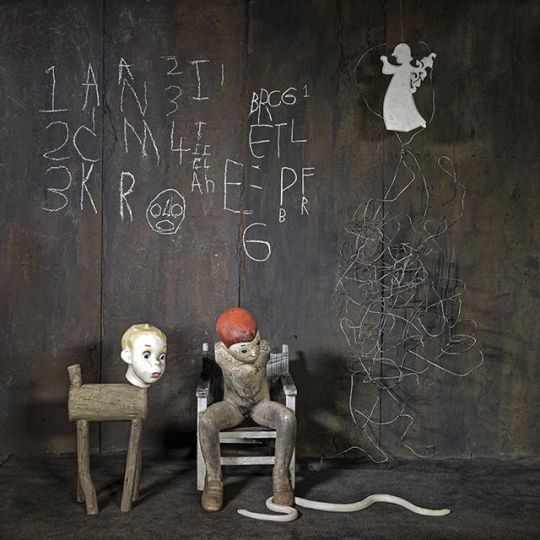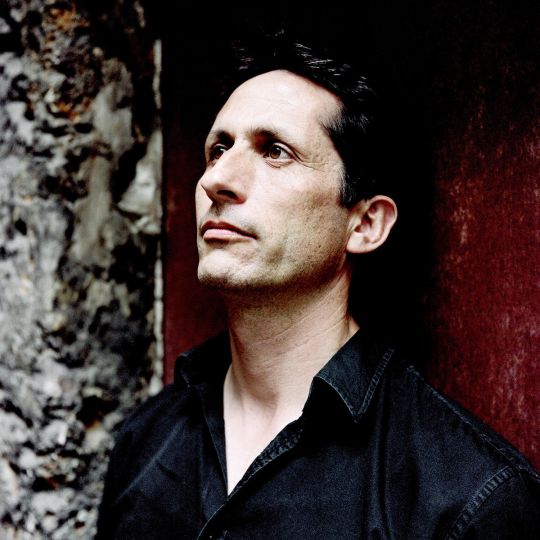Let us, each week, discover this new generation of players who seize images in their daily lives; gallery owners but also editors, art advisors, directors of institutions or fairs, collectors … they anticipate market changes and redesign the contours of their scope. Who are these native digitals and how do they decipher the future? Today, meet here Benjamin Derouillon, director of the eponymous gallery.
“In France, before asking you what you do, people ask you whom you know and where you’re from.”
What was your first aesthetic or photographic shock?
From a young age, I’ve been always surrounded by works of art and had poster reproductions of art on my bedroom walls as a teenager!
The real epiphany came only later, in front of Gustave Caillebote’s Les Raboteurs, an image that continues to speak to me and move me.
What inspired you to open your own gallery?
I had a desire to. I used to work in the financial sector, a less antithetical occupation than it might seem, which consisted in spinning a tale when introducing a new company on the stock market, convincing investors, soliciting their interest in coming to meet a young entrepreneur. Now, things work rather differently: the talk is more about emotions than investments or business plans, but there’s still the idea of meeting collectors or art lovers and convincing them to take interest, this time in young artists. But the general idea is more or less the same since I am unable to sell something I don’t believe in. I now feel I am in a world I was destined for, an impression that is confirmed by my former colleagues and childhood friends whenever we bump into each other or go out.
How does photography today reflect the paradox between the artists who were not photographers to start with but who adopt the medium to create hybrid genres, and a return to true materiality and an archeology of techniques in the face of digital advances?
Everybody can become a photographer with digital technologies or just with a smartphone. In response to this facility, we observe a return to the sources, to gelatin silver, as for instance in the case of one of the gallery’s artists, Jonas Unger, who works exclusively in this medium. There is also a return to the real, to the concrete. Micky Clément, one of the gallery’s artists, started out as a musician, and tried a lot of different things before adopting photography, a phase which may be transitional or, on the contrary, definitive. He also works with video. Visitors to his exhibition have been very surprised, thinking they were looking at a painting. What interests me is the ambiguity between different media and pushing the limits.
You are very attuned to the Anglo-Saxon scene. Why?
The market has become global. That’s why I use such tools as Instagram, and I’m lucky enough to have clients around the world. I understood early on that I first needed to prove myself abroad before gaining recognition in France. I’ve also learned recently that I’ve been selected to participate in the NADA (New Art Dealers Alliance) art fair. In France — and this is what I’ve been trying to explain to my foreign artists — before people ask you what you do, they ask whom you know and where you’re from, whereas abroad, it’s not like that.
The artists you are going to exhibit at the NADA art fair happen to work on innovative hybridizations of the image.
That’s true, whether it’s Guy Yanai (whose recent exhibition at Appartement was curated by Timothée Chaillou) and John Dante Bianchi (currently on display at my gallery with a solo show).
Guy is a painter and makes a great use of images, whether emblematic of the history of art or popular culture (such as cartoons, Nouvelle Vague films), and he photographs these images in order to reinterpret them in his own way. John Dante Bianchi, in turn, was trained as a sculptor at such prestigious institutions as the Parsons School of Design, Cooper Union, and Yale. He constructs forms that look like paintings, using various materials to which he adds colors then scrapes them off, which creates a matte finish evocative of photography or photographed painting. At first glance, we are dealing with abstraction, but the title of the series, Bruise Pannel, suggests a physical injury, a bodily trauma. The title of the exhibition, So This is Permanent is also significant, and suggests capturing a moment in the evolution of a bodily shock, that is, something ephemeral. So we are at the boundaries of painting and sculpture, but with a very photographic perspective, between abstraction and representation.
Let’s talk a bit about the omnipresent notion of celebrity and the use of selfies in the work of another artist, Jonas Junger.
He is a German artist who originally worked for Le Monde and Zeit magazines, and came into close contact with celebrities. He spends a lot of time with them, has his own way of approaching them, with empathy. He uses only film, and from time to time even the artifice of self-portrait, where he lends his camera to the celebrities to take their own photo and thus shatter their own image.
What is your vision for the future?
I would like to grow while staying in the neighborhood. I love this middle ground between historical galleries of the Marais and Belleville districts, being in the middle. One my dreams is, of course, Art Basel!
How is the art market doing in Paris, given the critical situation of many galleries?
We are lucky in that regard, but I think that my accelerated experience with the Internet bubble has helped, since I understood that a company’s DNA is constructed in a state of crisis, and that only companies that had survival instincts would make it. It’s also in adversity that we are tested as individuals. There have never been as many entrepreneurs in France as there are now, and certainly there are galleries that are forced to close, but I continue to believe in the project, and with good reasons. I remain an optimist to the core!
EXHIBITIONS :
• Fabien Boitard “En attendant les choses graves”
From April 8th to May 15th, 2016
• NADA (New Art Dealers Alliance)
New York May 5–8, 2016
Galerie Derouillon
38 rue Notre Dame de Nazareth
75003 Paris
France
[email protected]
Tuesday – Saturday, 2 pm – 7 pm
And on appointment
http://www.galeriederouillon.com

